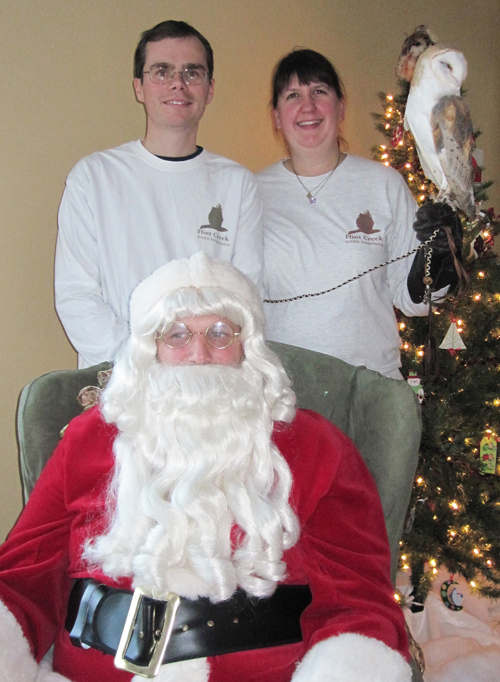Results: Birding Goals for 2010
Last December I came up with a few birding-related things I hoped to accomplish during the coming year. My targets weren’t too lofty, really: use eBird; read some books; see some birds. So how did I do with my 2010 Birding Goals?
I started using eBird regularly right from the start, but on repeat visits to regular birding spots, I didn’t keep regular lists as the year wore on. In my initial blog post I expressed some frustration in understanding certain nuances of eBird, especially when it came to bringing up reports. Happy to say I got the hang of it enough to be able to find what I’m looking for, mostly, but sometimes it’s still a small struggle to find what I need. I can use it, but it doesn’t come naturally just yet. With a total of just 122 checklists entered for the year, representing an estimated 85% of my birding trips, I’d say the eBird goal I set for myself was met, but just barely.
Another goal I had was to read most of my birdy natural history books. Total failure! What once took up just over a shelf in my office now occupies an entire case plus. I did end up cycling out quite a few books out (see Book Reviews Revisited), but I took in far more. Book shelf space is a small issue, though, and I am happy with some great titles I managed to snag this year, even if I didn’t manage to read everything I wanted to.
Lastly, I hoped to see 200 birds in Illinois AND get my life list up over 500 birds. This was kind of a wonky goal, seeing as how my life list isn’t really recorded very well in the first place. I share most sightings with Arthur, who keeps a list with Birdstack. He has a bird or two on me, but I was using his list as a basis, saying at the end of last year that 13 new lifers were needed to hit 500. Together we got 44 new species which brings Arthur’s life list up to 545. Yeah, something’s not right with the math, I know. I can say with certainty that MY OWN Illinois list for 2010 only reached 165 species, and MY OWN world list for 2010 was 235 species. So, another big all-around fail.
Of course two failures and one just-barely met birding goal don’t mean all that much, really. I certainly don’t feel like the birding I did in 2010 was any kind of failure, especially since I learned a lot (!!) and had a lot of fun (!!). Those are the only goals that matter, anyway, and they will remain year after year.
Did you have any birding goals for 2010? How did you do? I’ll post my own goals for 2011 tomorrow.
















































